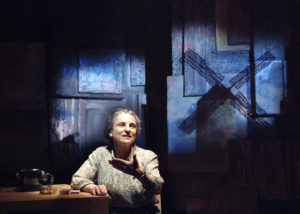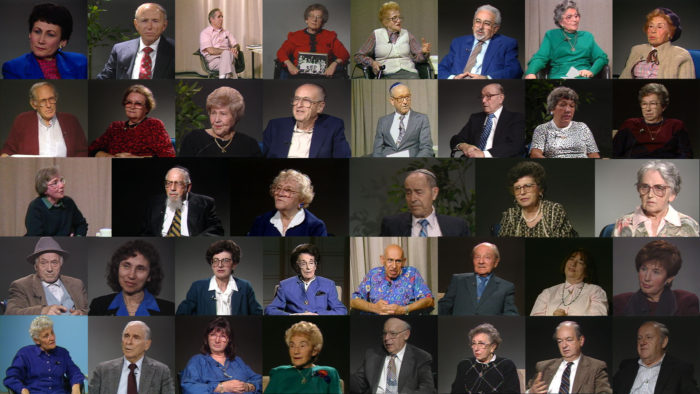The Exciting New Wine Bar & Cafe Debuts at the Jacob Burns Film Center
 The Take 3 Wine Bar & Café has opened on the top floor of the Jacob Burns Film Center! The culmination of the recent theater renovation project, Take 3 offers JBFC patrons the opportunity to elevate their moviegoing experience by “coming early or staying late” to discuss films with other moviegoers over food and drinks. Take 3 Wine Bar & Café is open to the public and ticketholders during the hours of operation Thursdays from 4 p.m. to 10 p.m., and Fridays and Saturdays from noon to 10 p.m.
The Take 3 Wine Bar & Café has opened on the top floor of the Jacob Burns Film Center! The culmination of the recent theater renovation project, Take 3 offers JBFC patrons the opportunity to elevate their moviegoing experience by “coming early or staying late” to discuss films with other moviegoers over food and drinks. Take 3 Wine Bar & Café is open to the public and ticketholders during the hours of operation Thursdays from 4 p.m. to 10 p.m., and Fridays and Saturdays from noon to 10 p.m.
“Last spring, we completed renovations on our three original theaters, and now we are thrilled to introduce Take 3 Wine Bar & Café to our patrons,” said Mary Jo Ziesel, JBFC Executive Director. “This exciting addition reaffirms JBFC’s commitment to being a dynamic cultural destination where art, community, and now a delightful selection of food and beverages come together. Our aim is to provide a welcoming space for our patrons to gather, converse, and savor moments before or after enjoying a film.”
Take 3 Wine Bar & Café’s menu will feature sandwiches, salads, pastries, charcuterie, mac n’’cheese, pretzels, and baked goods from local businesses including Second Mouse Cheese Shop, Irving Farm, Posh Pretzels, Feel Good Booch – and renowned New York City restaurant Balthazar. The beer will be sourced from the Captain Lawrence Brewing Company as well as Soul Brewing Company, along with cider from Thompson’s Cider Mill. The wines include a selection of reds, whites, rosés, and sparkling. Boasting kid-friendly fare as well as non-alcoholic beverage options, Take 3 Wine Bar & Café is also the perfect place for families to kick back and relax after a JBFC Kids screening.
“The expertise and creative touch of Laureen Barber, a dedicated JBFC board member and co-owner and designer of Blue Hill at Stone Barns, has been invaluable throughout this project. Laureen’s design sensibility has truly shaped the ambiance and aesthetic of the space, transforming it into a place of comfort and elegance,” said JBFC Board Chair Lynn Sobel.
 Adjacent to Take 3, the Jane Peck Gallery features an exclusive new exhibit, Bill Gold: 70 Years of Iconic Movies, which offers an unprecedented glimpse into the private collection of Bill Gold–arguably the most prolific movie poster designer of his time–curated by his widow and collaborator Susan Gold. It will present one-of-a-kind original illustrations, alternate poster designs, and interesting behind-the-scenes stories spanning seven decades of iconic movie classics, from Casablanca to Mystic River. We encourage visitors to explore the exhibit, immerse themselves in cinematic history, and learn about Bill Gold’s visionary approach to creating some of the world’s most unforgettable movie posters. The Jane Peck Gallery is open seven days a week during Theater operating hours.
Adjacent to Take 3, the Jane Peck Gallery features an exclusive new exhibit, Bill Gold: 70 Years of Iconic Movies, which offers an unprecedented glimpse into the private collection of Bill Gold–arguably the most prolific movie poster designer of his time–curated by his widow and collaborator Susan Gold. It will present one-of-a-kind original illustrations, alternate poster designs, and interesting behind-the-scenes stories spanning seven decades of iconic movie classics, from Casablanca to Mystic River. We encourage visitors to explore the exhibit, immerse themselves in cinematic history, and learn about Bill Gold’s visionary approach to creating some of the world’s most unforgettable movie posters. The Jane Peck Gallery is open seven days a week during Theater operating hours.
This spring and summer will busy at the JBFC as it welcomes new, hotly anticipated first-run films like Wicked Little Letters with Olivia Colman, Oscar-nominated Robot Dreams, and The Bikeriders with Jodie Comer, among many others. Family-friendly screenings continue on Saturdays with Belle, Ferngully: The Last Rainforest, Ernest & Celestine, an Encanto Sing-Along, Brave, and Hugo in 3D.
Limited series Nicholas Ray: Hollywood Maverick kicks off in April with monthly screenings through June, including Rebel Without a Cause on 35mm.
The JBFC celebrates Earth Day in April with three Focus on Nature special events, while in May, the JBFC will screen Star Wars: A New Hope, Star Wars: The Empire Strikes Back, and Star Wars: Return of the Jedi for the first time in its history. May will also see the advent of Restored & Rediscovered: A Film Preservation Film Festival – an ambitious new venture designed to not only offer screenings of newly-restored and rarely-seen films, but also highlight the extensive and labor-intensive work of film preservation by celebrating the institutions, organizations, and individuals who are saving cinema’s past for future audiences.
Next time you see a movie at the JBFC, be sure to stop by Take 3 Wine Bar & Café!

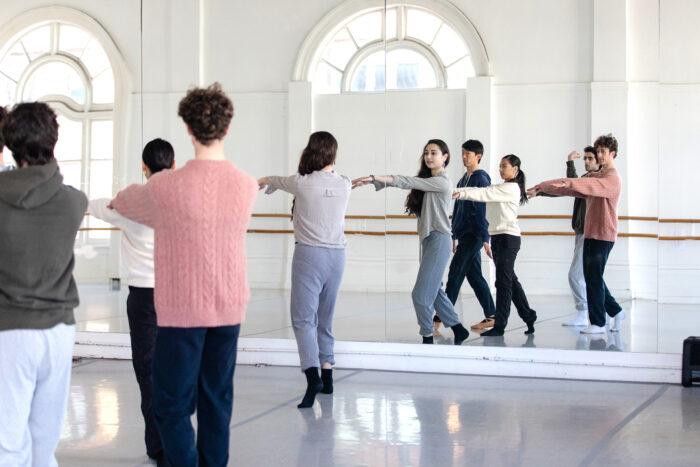

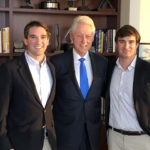


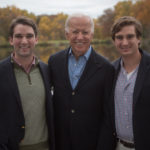
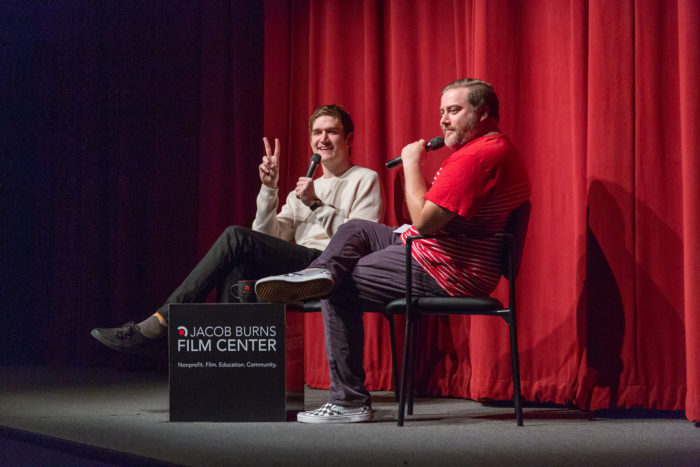
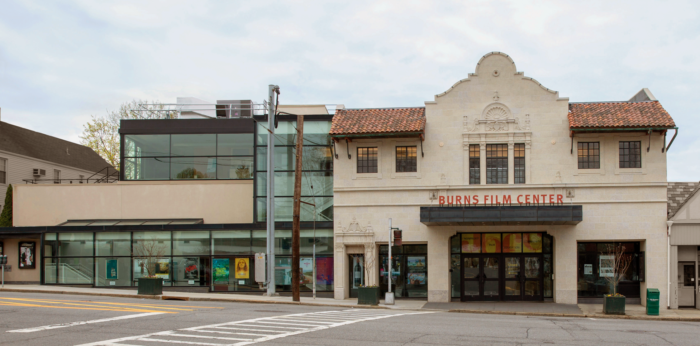
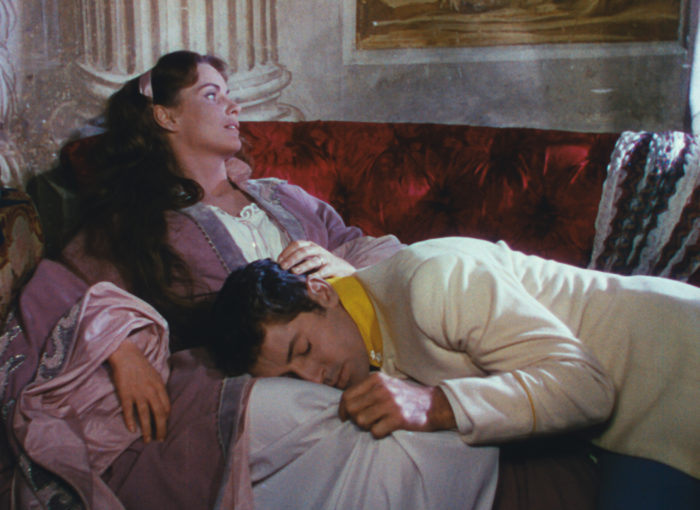
 Edie Demas, Executive Director
Edie Demas, Executive Director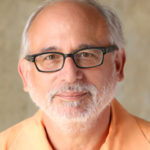 Dominick Balletta, Managing Director
Dominick Balletta, Managing Director Brian Ackerman, Director of Programming
Brian Ackerman, Director of Programming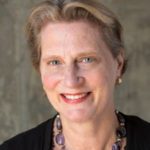 Judy Exton, Director of Development
Judy Exton, Director of Development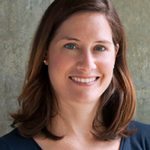 Emily Keating, Director of Education
Emily Keating, Director of Education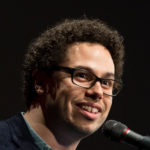 Sean Weiner, Director of Creative Culture
Sean Weiner, Director of Creative Culture
